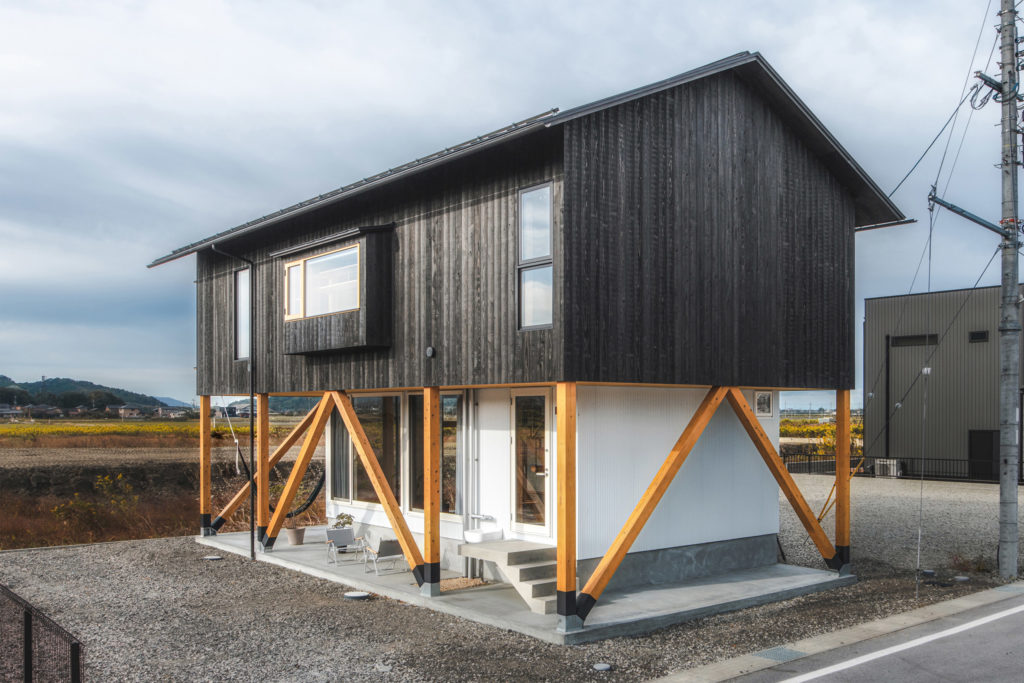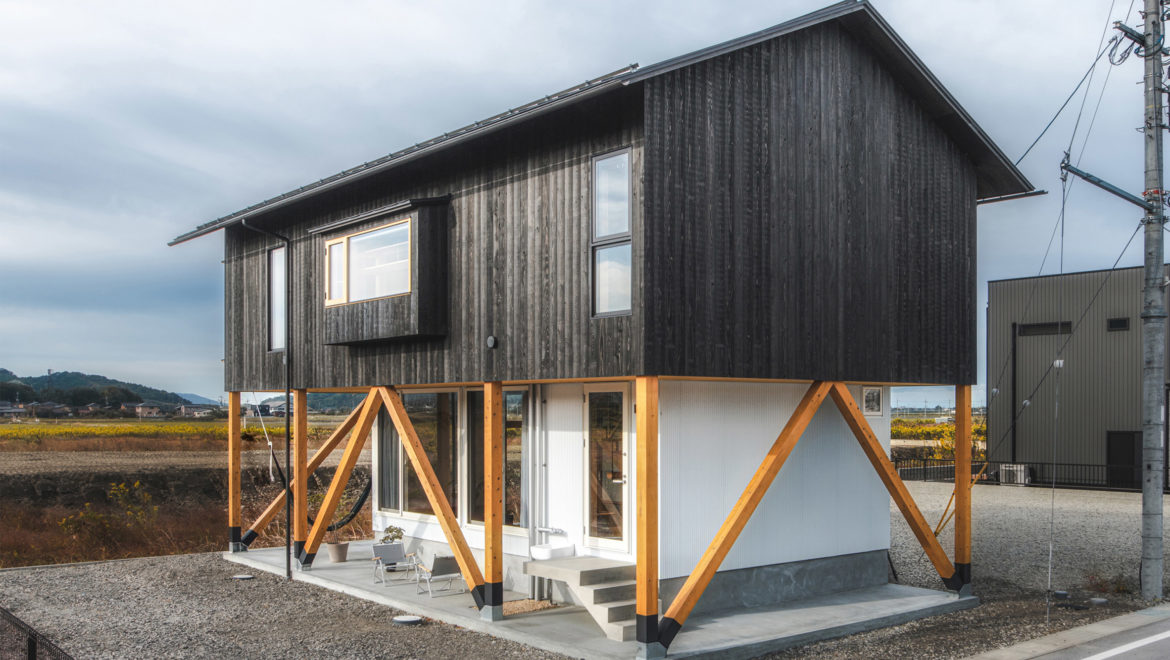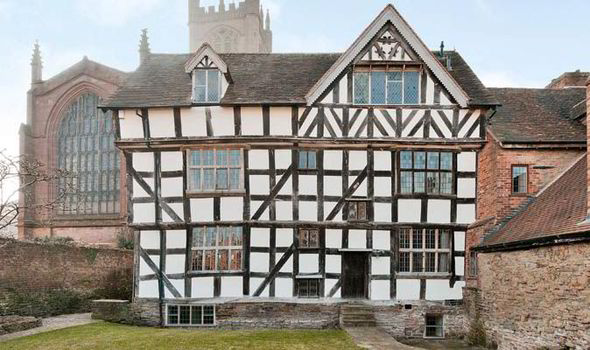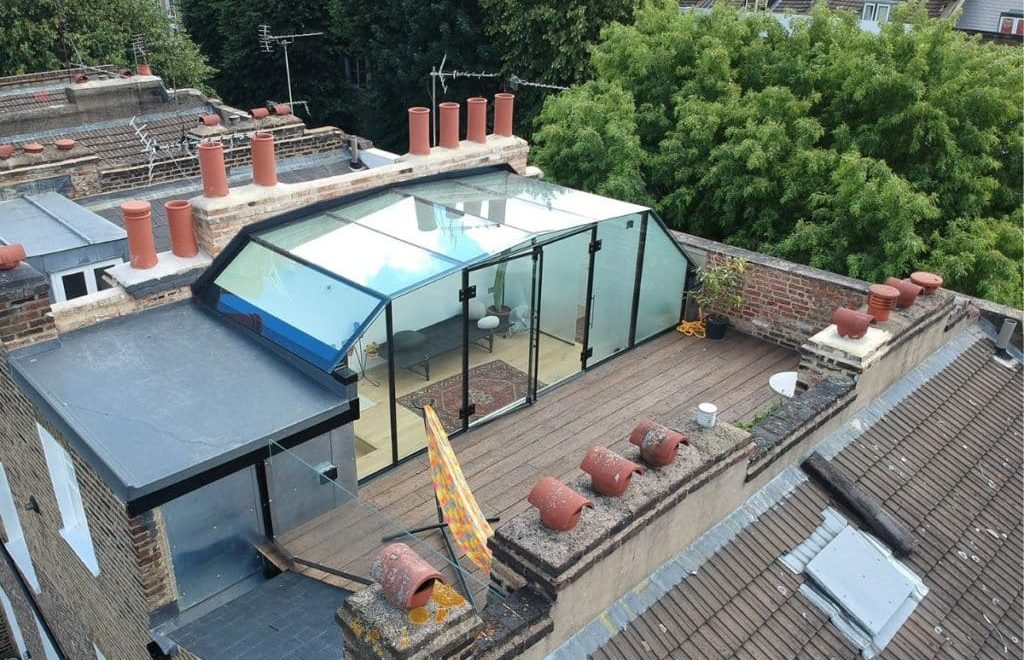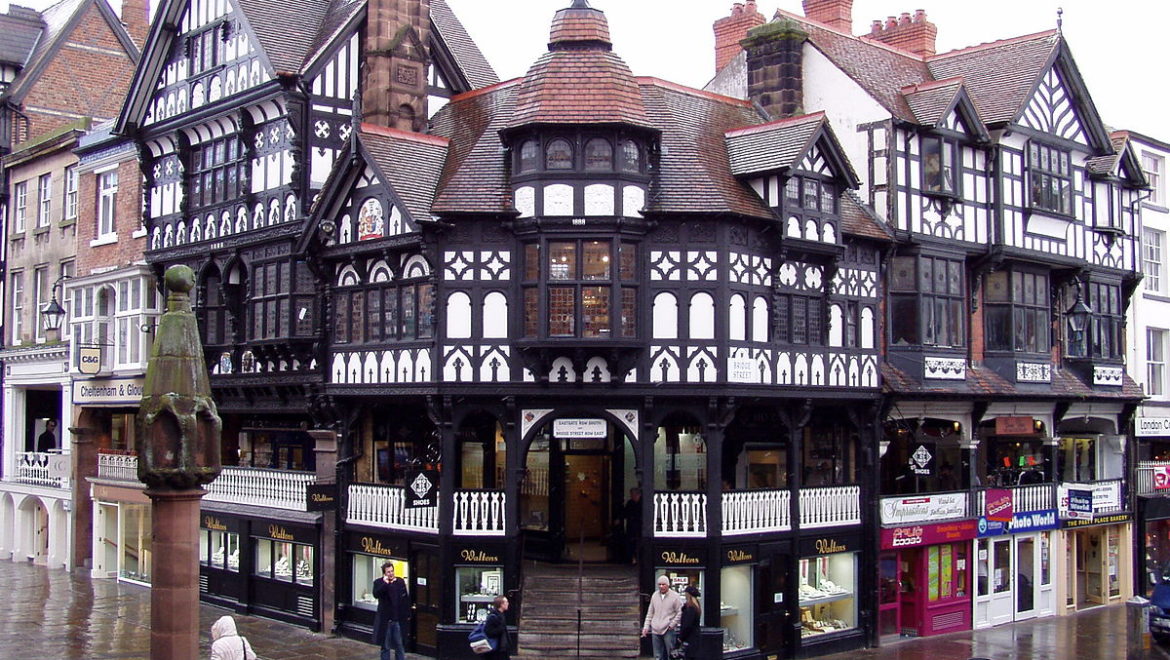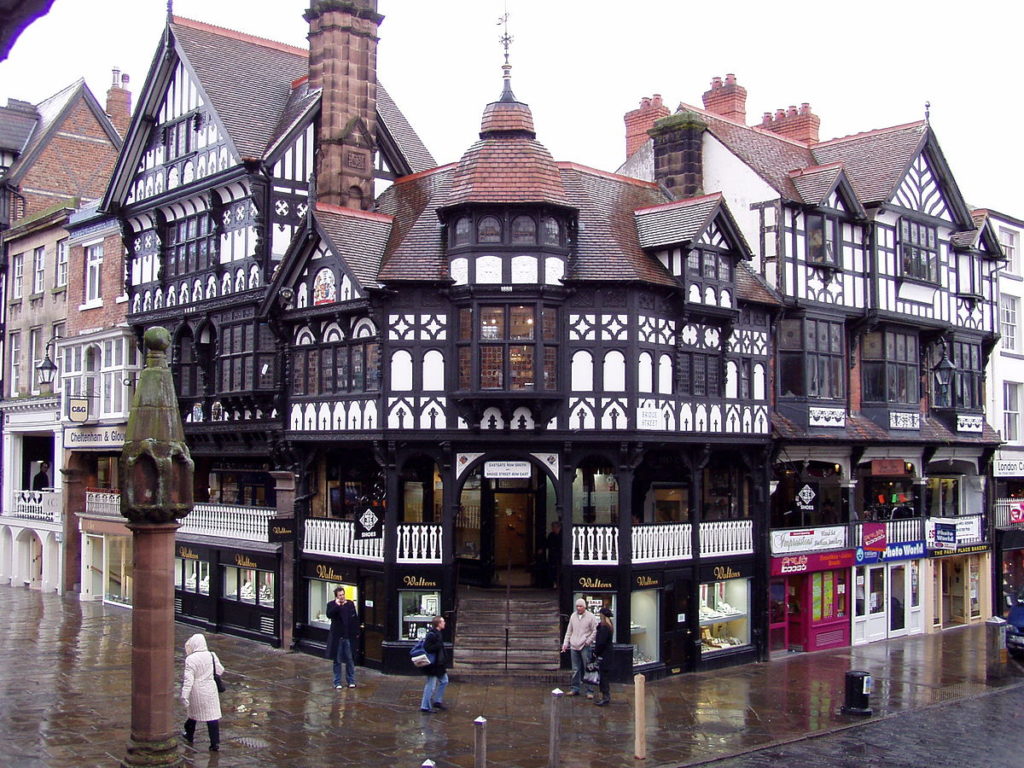Innovative Flood-Resistant Building Design: A Look at Flood-Resilient Architecture
In an age of increasing climate uncertainty and extreme weather events, innovative architectural design is playing a crucial role in addressing one of the most destructive natural disasters: flooding. Flooding can cause significant damage to homes, infrastructure, and entire communities, resulting in devastating economic and environmental consequences. To mitigate these impacts, architects and engineers are developing cutting-edge techniques and materials to create flood-resilient buildings. In this blog, we will explore some of the modern architectural design techniques and materials that can help buildings withstand flooding and minimize damage.
Understanding the Challenge
Floods, whether caused by heavy rainfall, storm surges, or river overflows, pose a significant threat to communities around the world. As climate change continues to bring more extreme weather events, architects and engineers are tasked with finding innovative solutions to protect both existing and new structures from flood damage.
Key Elements of Flood-Resilient Architecture
- Elevated Foundations and Raised Platforms
One of the primary strategies in flood-resilient architecture is raising the building above potential flood levels. Elevated foundations and raised platforms can help protect buildings from the destructive force of floodwater. This approach prevents water from infiltrating the lower levels of a structure, reducing the risk of damage. Architects may incorporate various design elements, such as stilts or raised floors, to achieve this elevation while maintaining the building’s functionality and aesthetics.
- Amphibious Foundations
Amphibious foundations are a dynamic solution to flood-resilient architecture. These structures rest on buoyant platforms that allow the building to rise with the water levels during a flood. When the floodwaters recede, the building settles back to its original position. Amphibious designs are especially practical in areas with seasonal or occasional flooding. They provide an effective way to protect structures without necessitating a complete relocation.
- Flood-Resistant Building Materials
Innovations in building materials are another crucial aspect of flood-resilient architecture. A variety of materials have been developed to withstand water damage and facilitate quicker recovery.
Some examples include:
a. Flood-resistant concrete: This type of concrete contains additives that improve water resistance and durability. It is less prone to cracking and erosion during floods, which can extend the lifespan of the building.
b. Flood-resistant insulation: Traditional insulation materials can become saturated and lose their effectiveness when exposed to water. Flood-resistant insulation materials are designed to resist moisture and maintain their thermal properties even after flooding.
c. Flood-resistant coatings and paints: These specialized coatings and paints create a waterproof barrier that protects interior surfaces from water damage and mold growth. They are especially useful for walls and ceilings in flood-prone areas.
- Smart Building Design
Smart building design and technology are also being leveraged to enhance flood resilience. Sensor systems and data analytics can help monitor water levels and predict potential flooding events. These systems can trigger alerts and activate flood-resistant measures, such as automatically raising a building on amphibious foundations. Integrating smart technology into flood-resilient architecture enhances the adaptability and responsiveness of buildings to changing environmental conditions.
- Permeable Landscaping
In addition to architectural design, landscaping plays a significant role in flood resilience. Permeable surfaces, such as pervious pavements and green roofs, allow water to infiltrate the ground instead of running off into streets and storm drains. This helps reduce the risk of urban flooding and supports sustainable water management practices.
Conclusion
Flood-resilient architecture is an essential component of our response to climate change and the increased frequency of extreme weather events. By incorporating innovative techniques and materials, architects and engineers are working to create buildings that can withstand flooding and minimize damage. These advancements not only protect property and infrastructure but also contribute to the overall sustainability and resilience of our communities in the face of an uncertain climate future. Embracing flood-resilient architecture represents a step towards a safer, more sustainable world.
